History is rife with military operations that have gone awry due to terrible oversight mistakes, tactical or otherwise. These errors and their repercussions have shaped the course of known history, impacting conflicts as important as the second world war (WWII) and as old as the Punic Wars.
These military blunders were due to various reasons, from simple to complex. Some were due to commanders underestimating their enemies, others due to overblown confidence, but all led to a devastating loss of lives and property, heralding nothing but blood, fire, and misery.
While there are sufficient examples to cover a dissertation, we’ll discuss the top five blunders with the most significant impact in history.
Here are five of the biggest military blunders of all time.
The Battle of Red Cliffs
The Battle of Red Cliffs (also known as the Battle of Chibi) was a decisive battle fought in 208–209 AD between the forces of the warlords Liu Bei and Cao Cao in the late Eastern Han Dynasty. It resulted in a catastrophic loss of Cao Cao’s forces, who were far larger and better equipped.
At the time, the Han Dynasty was a mighty empire that had ruled over China for several centuries.
Cao Cao was a powerful warlord in northern China under the Han dynasty. Shortly after being appointed Duke of Wei, Cao Cao picked up arms under a mandate from the then-imperial court to protect the empire’s northern provinces from nomadic steppe tribes.
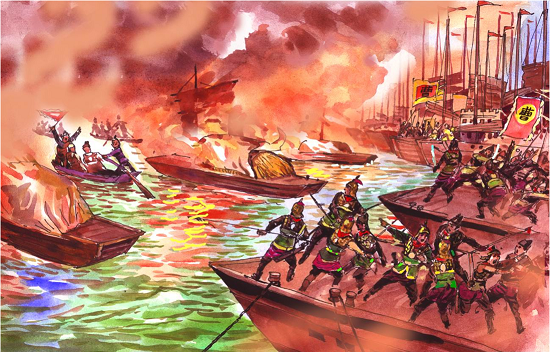
In fulfillment of the imperial edict, Cao Cao expanded the empire northwards instead of defending passively. By 208 AD, Cao Cao had conquered most of the northern provinces.
Following his resounding victory in the northern provinces, Cao Cao turned his attention south, intending to replicate the results of his north campaign and unify China in one fell swoop.
In response to Cao Cao’s advance, the southern warlords, commanded by Lou Bei, formed an alliance army to block Cao Cao’s advance. The two sides met in a naval battle at the Red Cliffs, located on the south bank of the Yangtze River in western Hubei and eastern Chongqing.
This battle involved hundreds of thousands of warriors, making it one of the largest in naval history.
Even though Cao Cao’s forces far outnumbered those of his adversaries, most of his troops were infantry and cavalry with little to no maritime experience. As a result, the imperial soldiers subsequently became seasick, rendering them unfit for battle. Cao Cao decided to combine all the naval vessels to overcome this dilemma.
Unfortunately, while Cao Cao’s not-so-bright enlightenment helped address the army’s seasickness problem, it also created a new one that would prove catastrophic later on. With all the ships linked together, the whole imperial armada was sitting ducks, highly vulnerable to enemy attacks.
More versed in maritime warfare and perceiving such an apparent weakness, the southern allied forces assaulted the imperial armada by feigning surrender.
Unfortunately, the ‘surrendering’ ships were kamikaze warships loaded with flammable materials. The kamikaze ships rammed into the imperial armada, igniting it. Cao Cao’s entire fleet burnt down, and the fire spread to his camp on the land, devastating the imperial forces.
Cao Cao was eventually forced to retreat. However, the imperial army’s loss at Red Cliffs allowed the allied forces to gain ground. It ultimately culminated in the split of China into northern and southern halves, with the Yangtze River Valley acting as the border.
If Cao Cao had not decided to tie all of his boats together, the cultural and political schism that would plague ancient China for years could have been averted.
Battle of Little Bighorn (1876)
Also known as Custer’s Last Stand, it was fought on June 25-26, 1876, in what is now southeastern Montana. It was a battle between the U.S. 7th Cavalry Regiment, led by George Armstrong Custer, and several bands of Lakota Sioux and Northern Cheyenne Indians.
The battle is remembered as one of the most significant Native American victories in history and a devastating defeat for U.S. forces.
The failure of the U.S. forces at the Battle of the Little Bighorn is typically attributed to Custer’s lack of knowledge of the Native American forces, his lack of reinforcements, and his underestimation of the enemy’s strength and tactics.
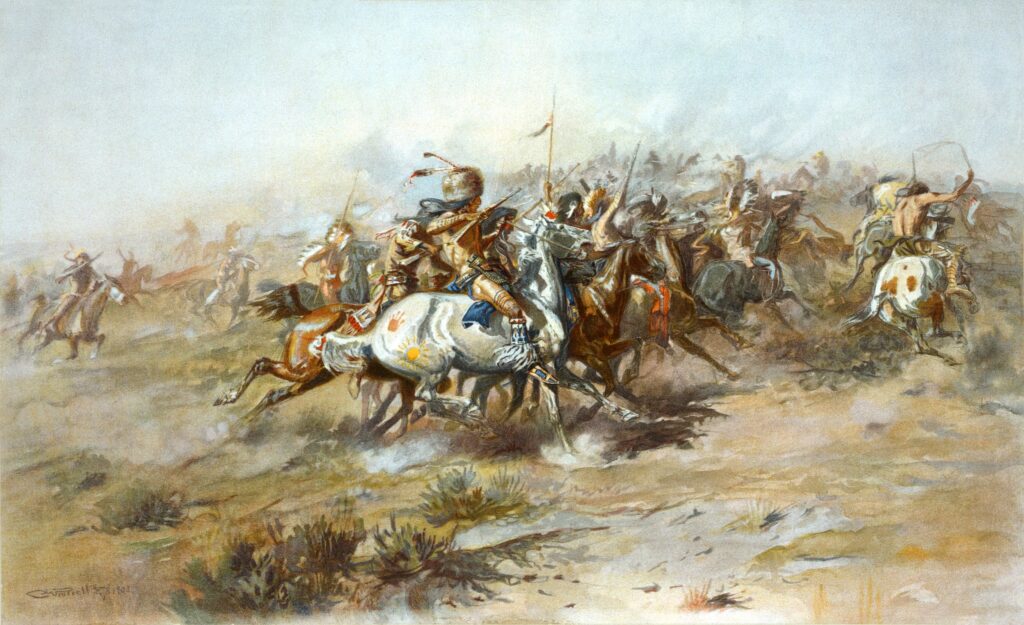
Nonetheless, Custer’s last stand made it to this list, and you might’ve already guessed why.
Custer severely underestimated the number of enemy forces stationed before the Little Bighorn River, rejecting his Native scouts’ assertions that the encampment was the largest they had ever seen.
Custer was also expected to wait for Brigadier General Alfred Terry and Colonel John Gibson’s forces to arrive before initiating an attack. Instead, Custer impatiently attacked because of military merits. He was concerned that the Sioux and Cheyennes might escape if he waited.
Under the fierce attack from an overwhelming enemy force, Custer was forced to retreat his battalion to a nearby hill. Eventually, Custer and all of his men were killed in the battle.
Ultimately, Custer’s numerous errors before and during the battle resulted in a decisive victory for tribe war chiefs Crazy Horse, Sitting Bull, and Chief Gall.
The battle became an enduring symbol of Native American resistance to U.S. expansion and a reminder of the strength of the American Indian nations.
Charge of the Light Brigade (1854)
The Charge of the Light Brigade was an infamous military disaster that occurred during the Crimean War on October 25, 1854. It involved a British light cavalry brigade of 673 men, led by Lord Cardigan, charging against a heavily defended Russian position in the Battle of Balaclava.
Warfare in the mid-nineteenth century was not like we know it today. Then, guns were precious equipment that could radically alter the outcome of any conflict.
Having not lost any guns to enemy troops before the October 25 engagement, Lord Ragan, the grand commander at the time, swiftly ordered the British army to assault fleeing Russians after discovering that they were recovering firearms from the battlefield.
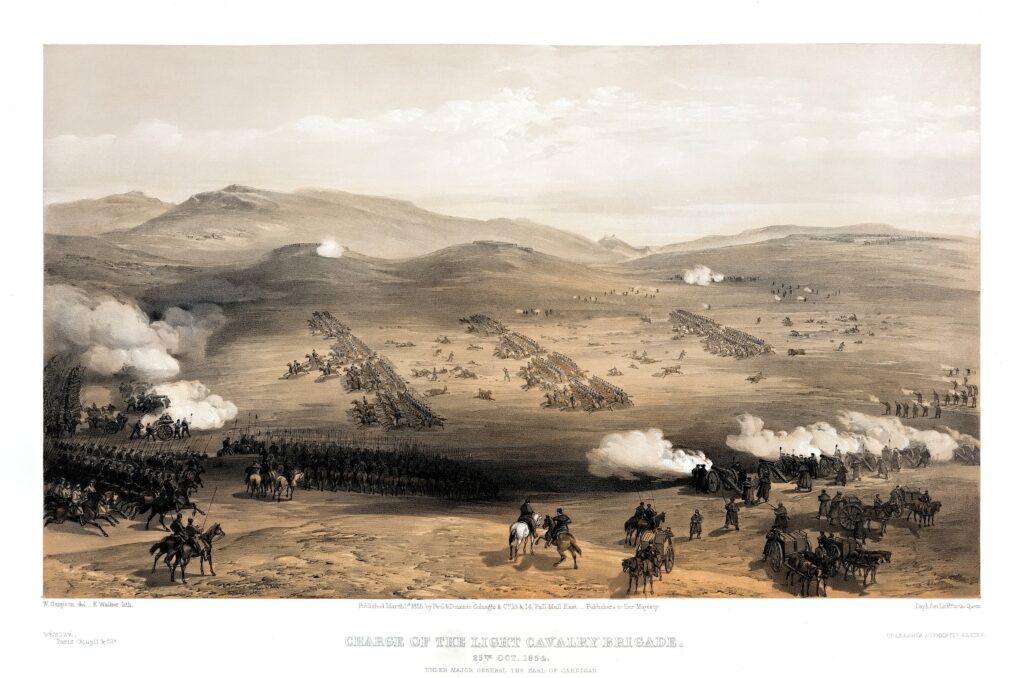
Once again, being the 1800s, battlefield orders could only be delivered by hand.
The hot-tempered captain, Lord Nolan, was responsible for delivering Lord Regan’s orders. On getting to the valley floor, Lord Nolan passed the now-written order to Lord Lucan.
Unfortunately, the content of the written order confused Lord Nolan. But when he questioned the operation, hot-tempered Lord Nolan didn’t bother to run things up the chain of command for more clarity. Instead, he impatiently responded that the Calvary should ‘attack’ immediately.
Ultimately, Lucan would direct his detachment toward Russian artillery rather than the captured guns.
The Light Brigade came under heavy fire from three directions as they advanced through the “Valley of Death” between the Fedyukin and Causeway Heights. They closed in on the artillery positions but were ultimately forced back, sustaining heavier fire during their unorganized retreat.
After all was said and done, the Light Brigade was unintentionally sent on a suicide mission, resulting in massive casualties due to confusion in the chain of command. Out of the 673 men who initially charged, only 195 survived, with many more wounded or taken prisoner. Nevertheless, the event symbolized British courage and determination despite overwhelming odds.
Invasion of Russia by Napoleon (1812)
Napoleon was an excellent leader who had numerous victories on the battlefield. The French emperor had been victorious in most of his European campaigns, successfully building France into a European powerhouse through conquest.
After another successful campaign in Austria and Prussia, Napoleon turned his attention to the east towards Russia. Hoping to defeat the Russian forces and occupy the country quickly, Napoleon amassed a vast army of 500,000 — the largest army ever assembled at the time — and marched them toward Russia.
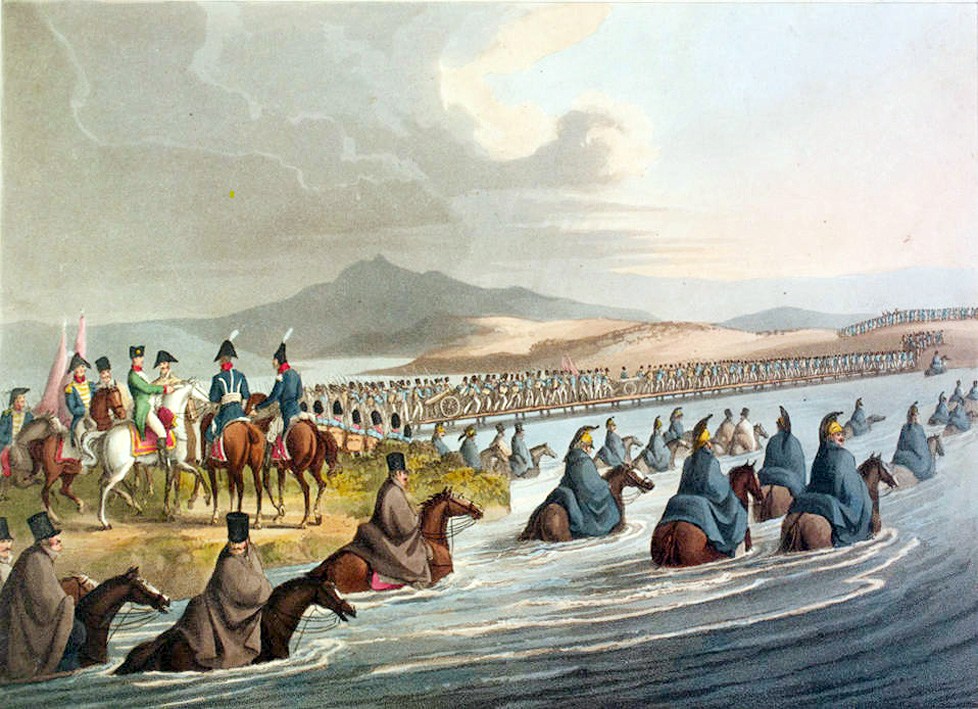
Rather than a quick victory as promised, the invasion was a disaster for the French.
The Russian army, led by Tsar Alexander I, adopted a scorched earth and retreat strategy, in which civilians were evacuated from the path of Napoleon’s advancing forces and the Russian army retreated from battle, destroying crops and supplies as they went.
This strategy meant that the French army had to march further and further into Russian territory with diminishing supplies and resources.
The infamous Russian winter of 1812 also proved devastating for the French forces, who suffered from extreme cold and famine as they marched further and further into the depths of Russia.
By the time Napoleon and his army finally reached Moscow, they had suffered massive casualties and were in no position to win a battle against the Russian forces. After a brief occupation of Moscow, Napoleon was forced to retreat in the face of a Russian counterattack.
The retreat was the undoing of the French forces. With little to no supplies and constant suppression from the Russian troops, the Grande Armee army broke down, and chaos followed.
By the time Napoleon returned to France, his majestic army had been reduced to a shell of itself, with only about 27,000 men left. By then, it became apparent that Napoleon’s campaign in Russia had ended in a catastrophic failure, one of the worst ever recorded in history.
The invasion had a major impact on the Napoleonic Wars, weakening Napoleon’s forces and significantly weakening France’s position in Europe.
Operation Barbarossa (1941)
Operation Barbarossa was a massive military operation launched by Nazi Germany in 1941. It was the largest military invasion in history, with over three million German troops marching into the Soviet Union, not unlike how Napoleon did centuries earlier.
The operation was named after the fictional German leader Frederick Barbarossa, who was said to be sleeping under a mountain until he was needed to save Germany.
It was intended to be a swift and decisive campaign to conquer the Soviet Union, capturing vital resources and destroying the Communist regime.
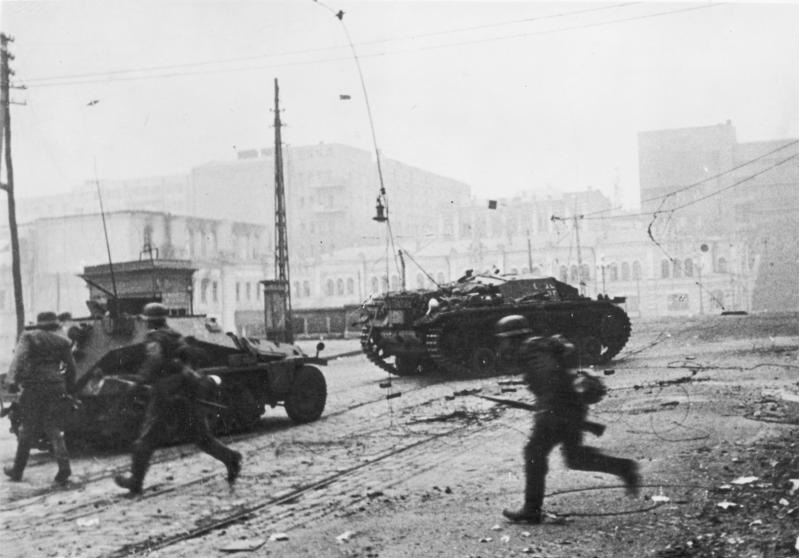
On June 22, 1941, the Nazi army kickstarted Operation Barbarossa. The Germans enjoyed overwhelming initial success, with the Red Army suffering huge losses of men and equipment from massive aerial bombardments and overwhelming infantry attacks.
However, Hitler, having learned nothing from history — Napoleon’s failed invasion, overstretched supply lines, inadequate preparations for a war of attrition — decided to split his army into two fronts despite the approaching Russian winter. One part to attack Stalingrad, with the other headed for Moscow.
As you can imagine, the winter of 1941-42 came in full force, harsher than expected. The Germans were unprepared and had to continue their march under suboptimal conditions. German soldiers fell by the thousands every day due to the unforgiving weather.
By the time the German Army made it to Moscow in December 1941, they were underfed, underequipped, and a skeleton of their former selves. Then came the Soviet counteroffensive. The Germans were eventually pushed back and forced to retreat after suffering too many casualties.
In the end, Germany’s invasion of the Soviet Union was a costly failure that sealed the fate of Nazi Germany in World War II.

